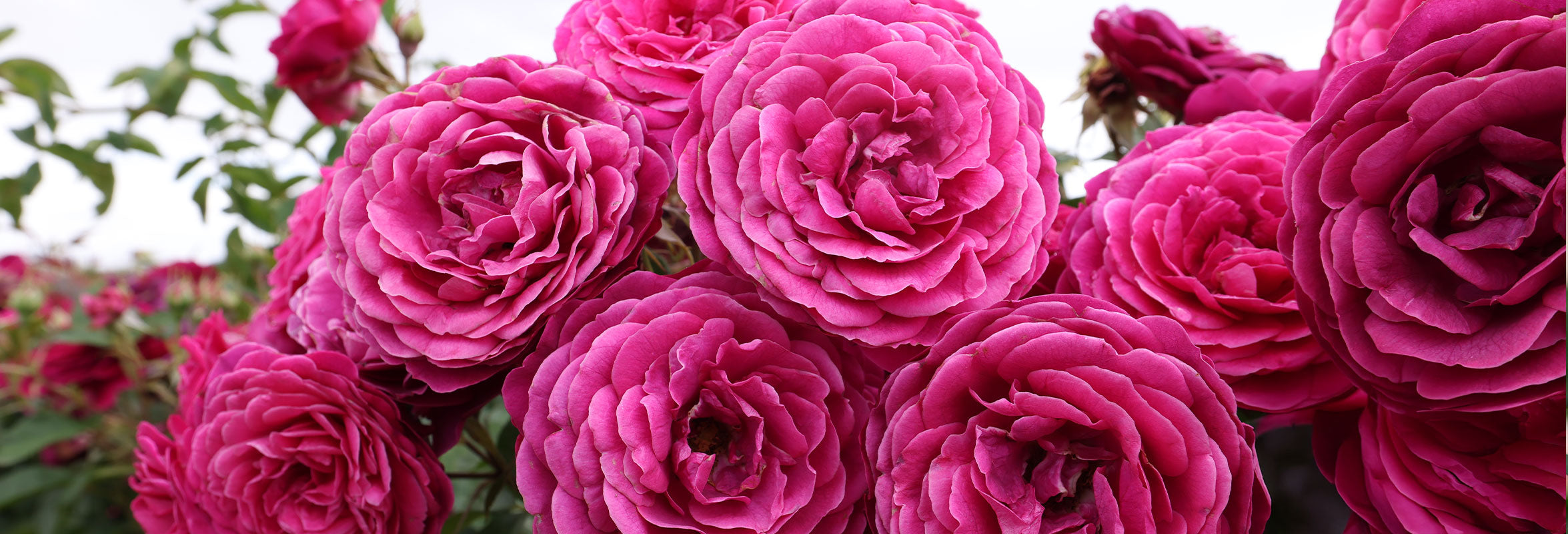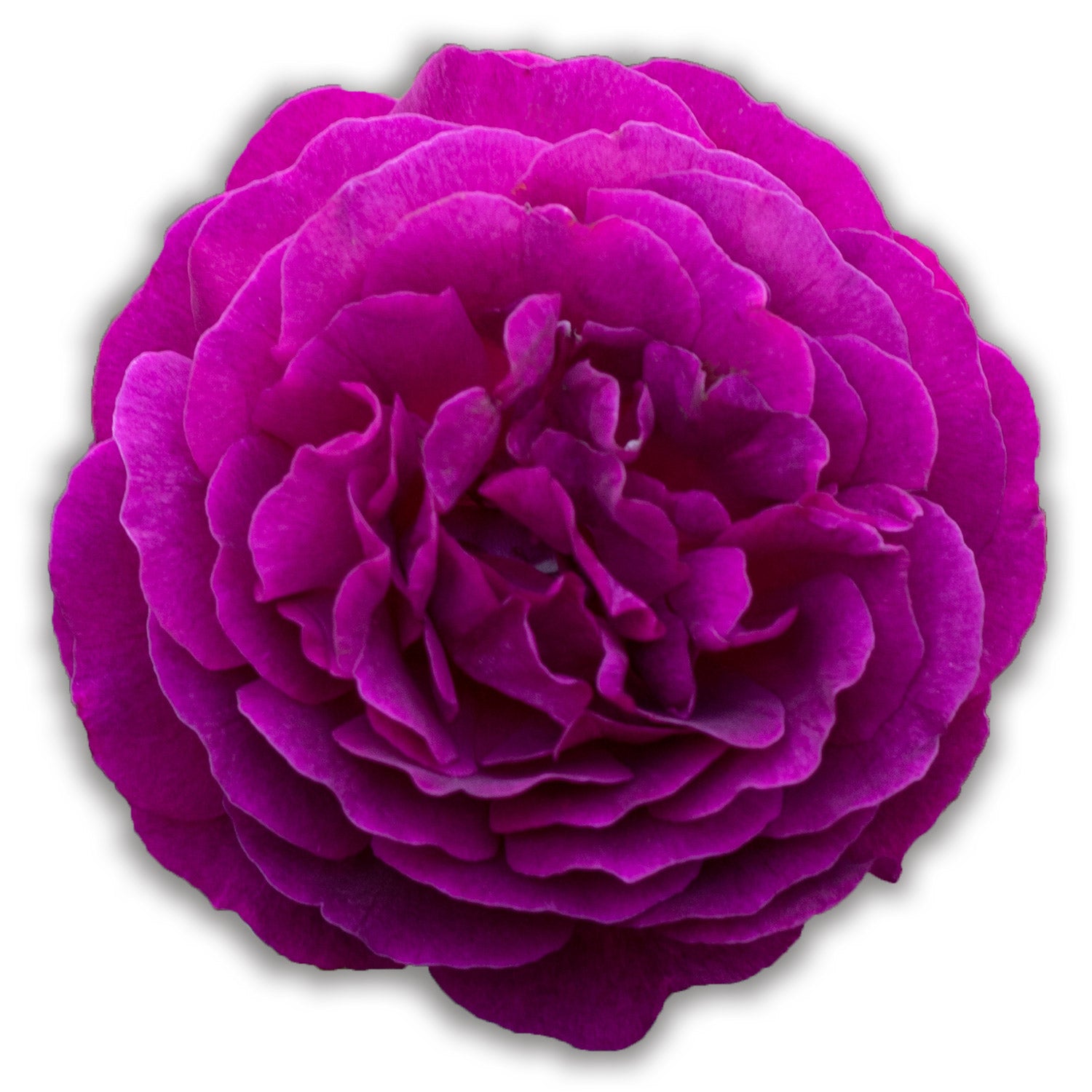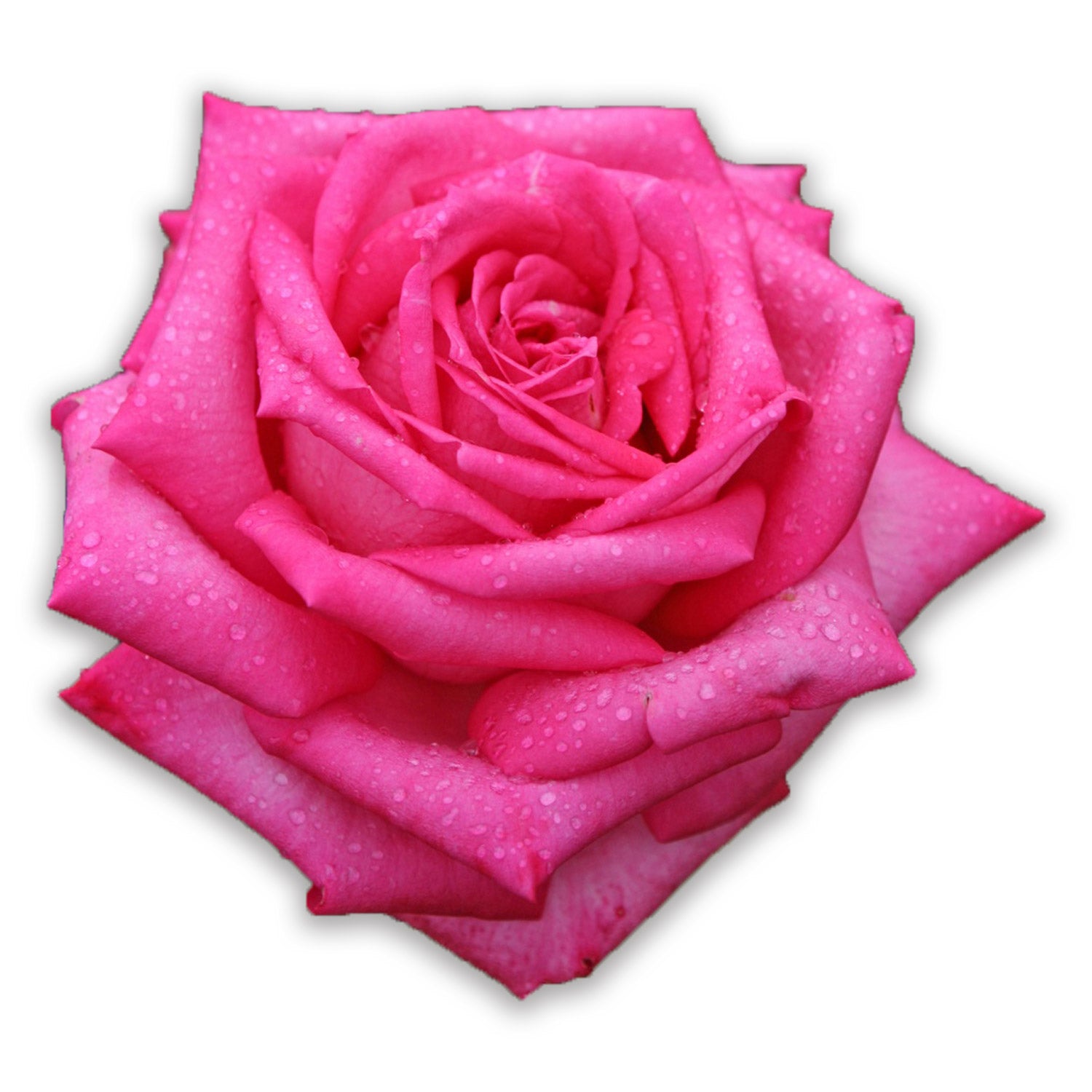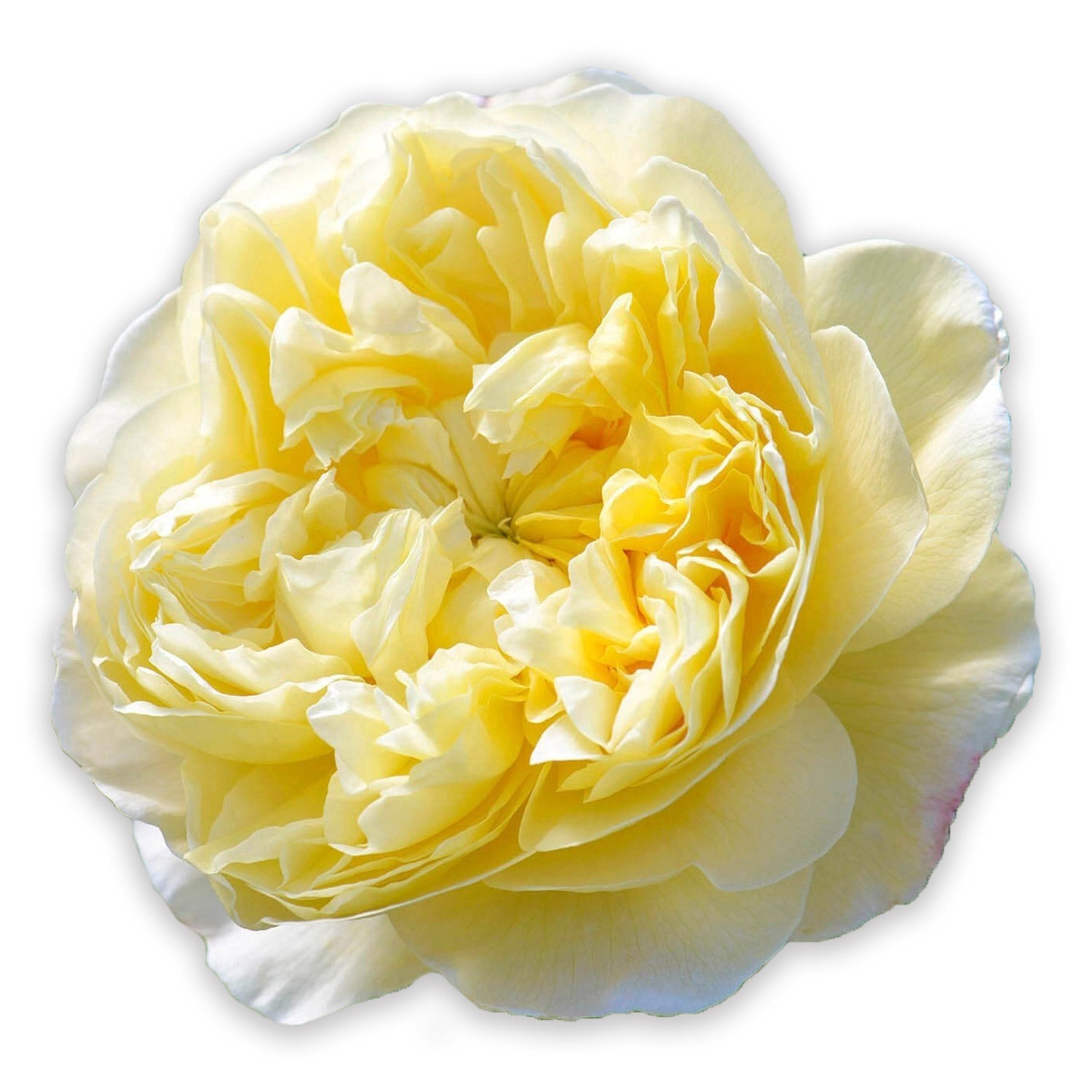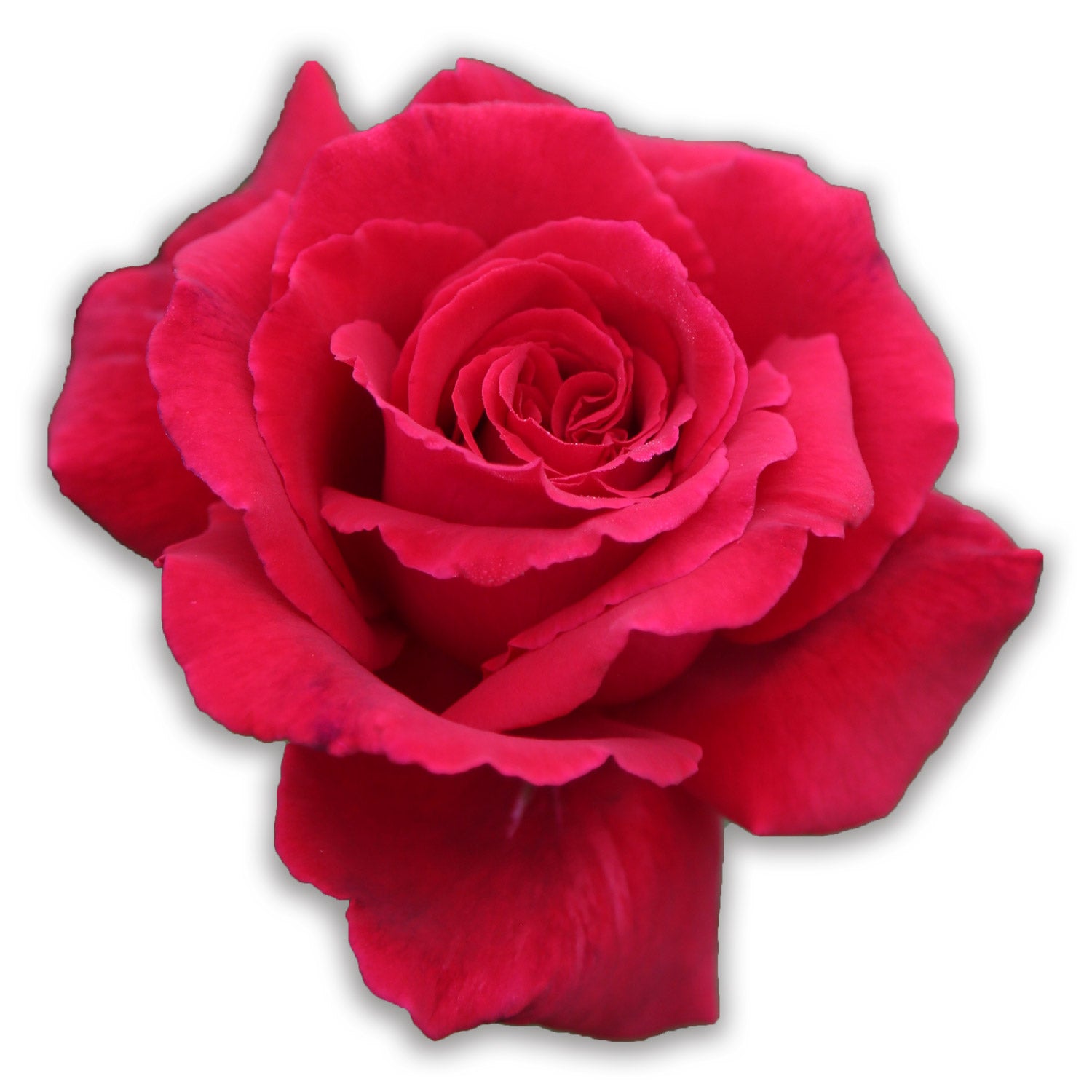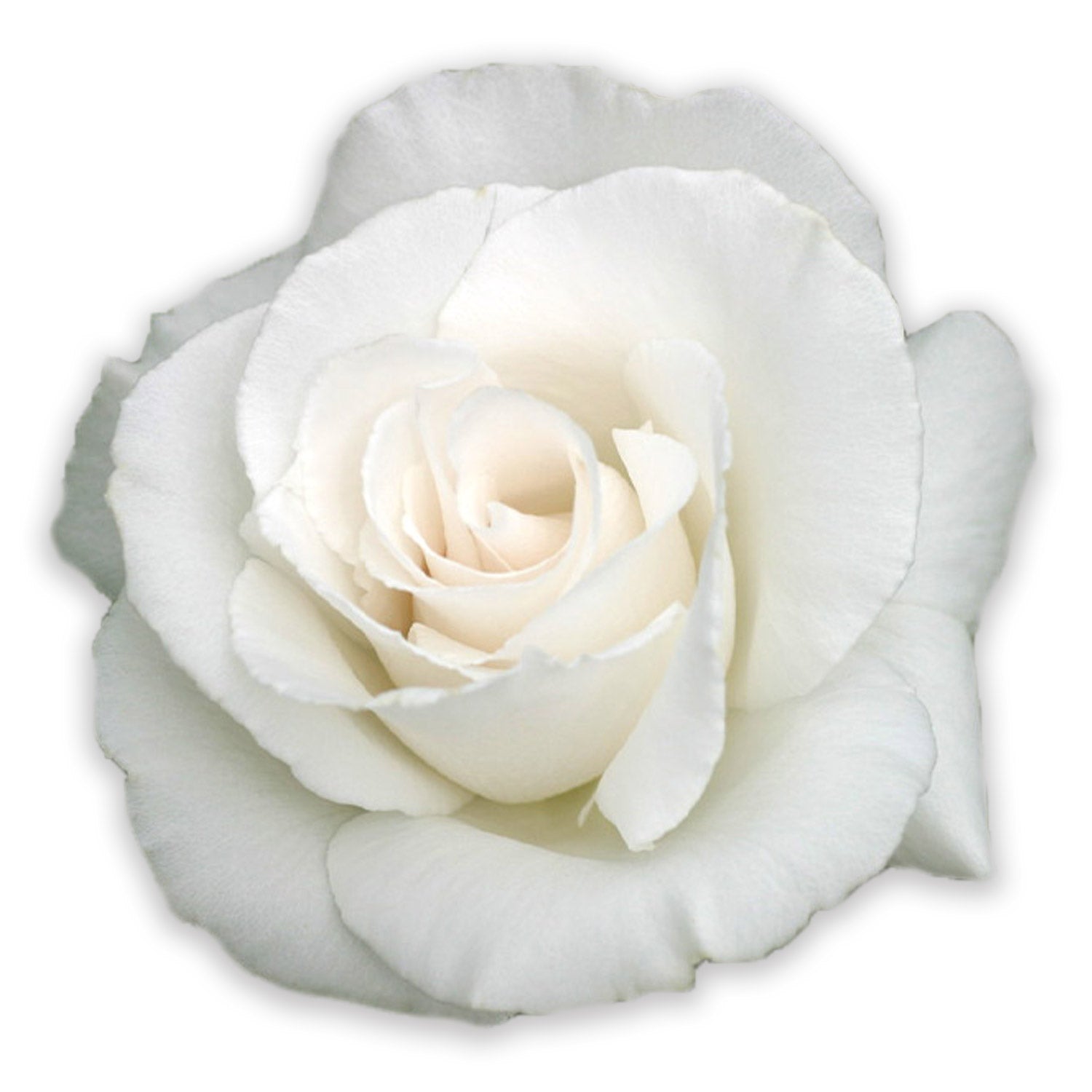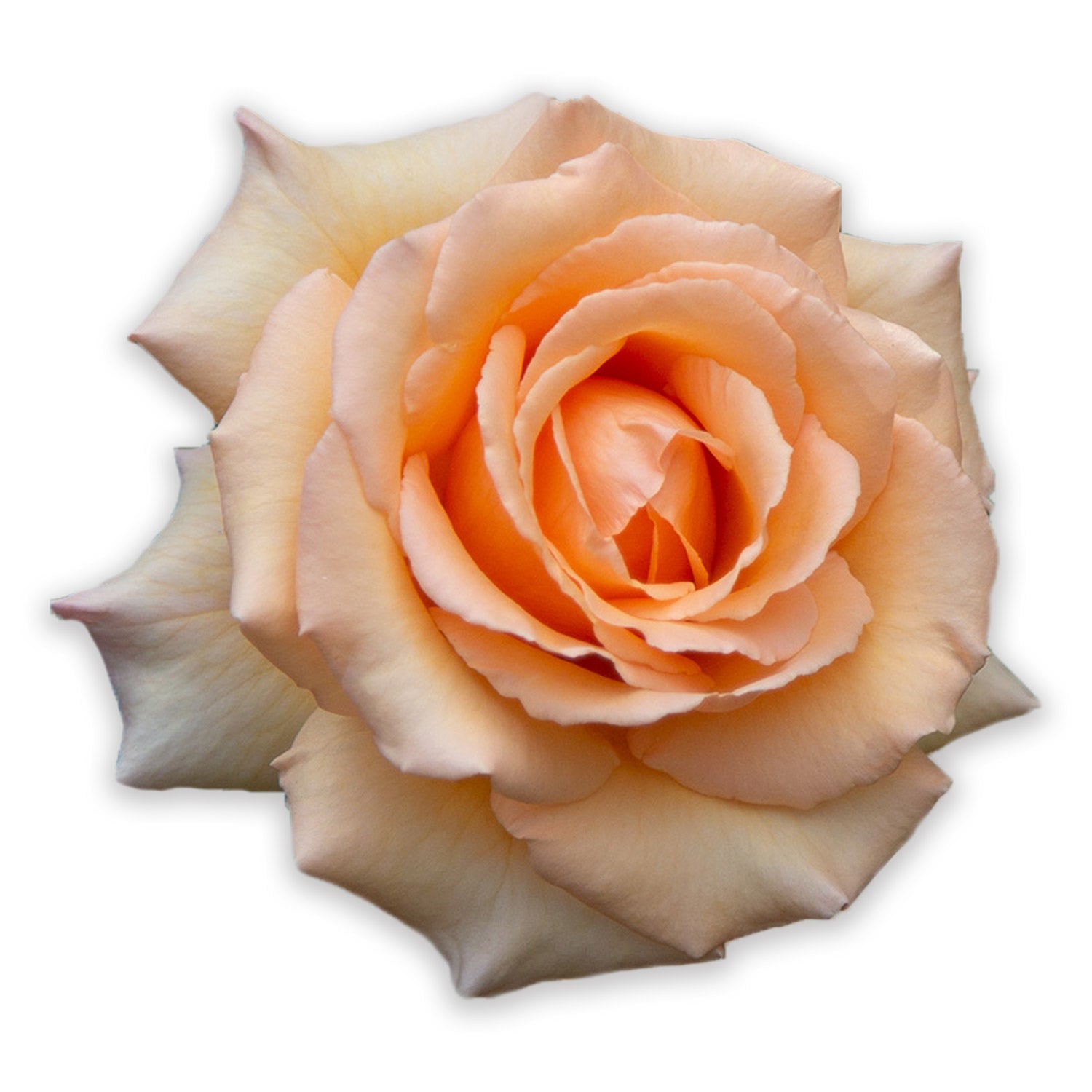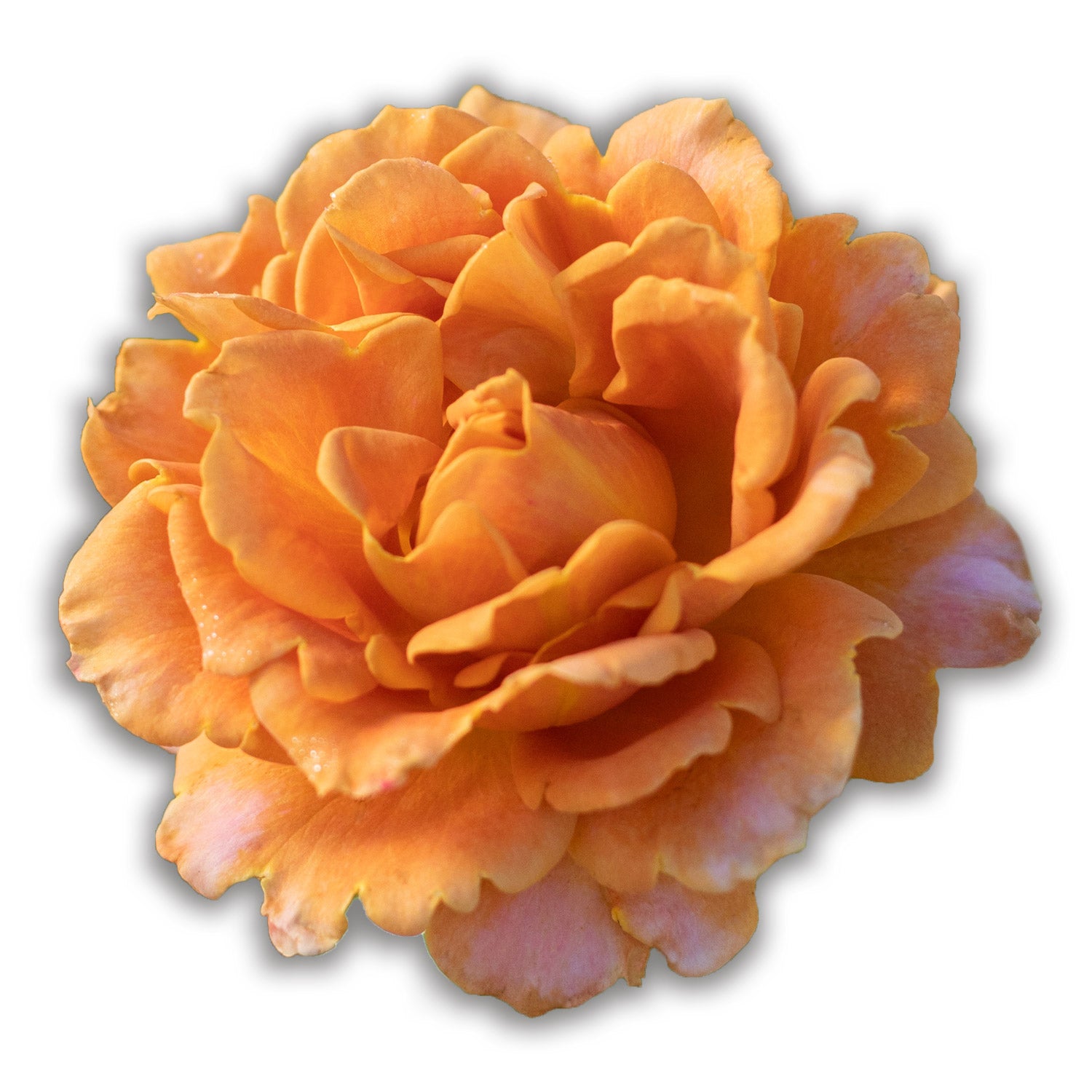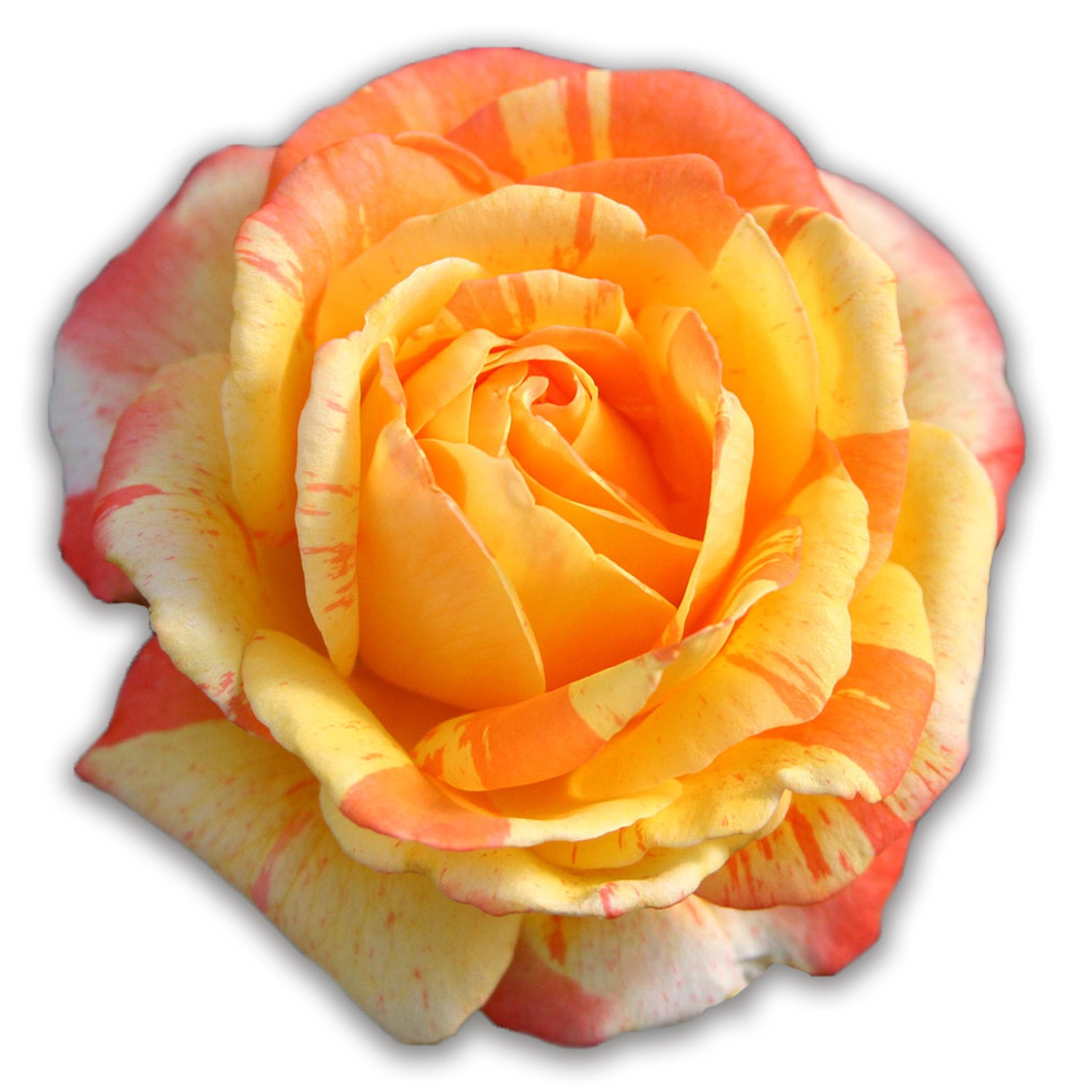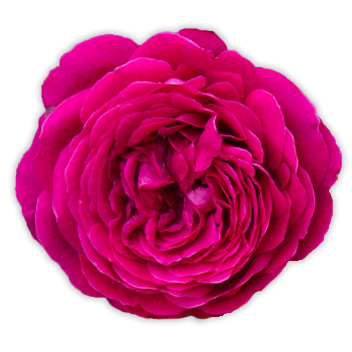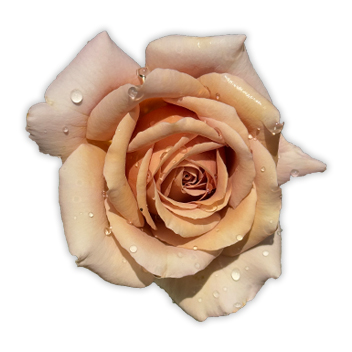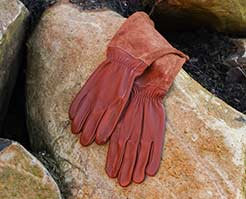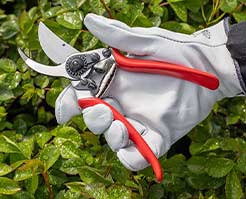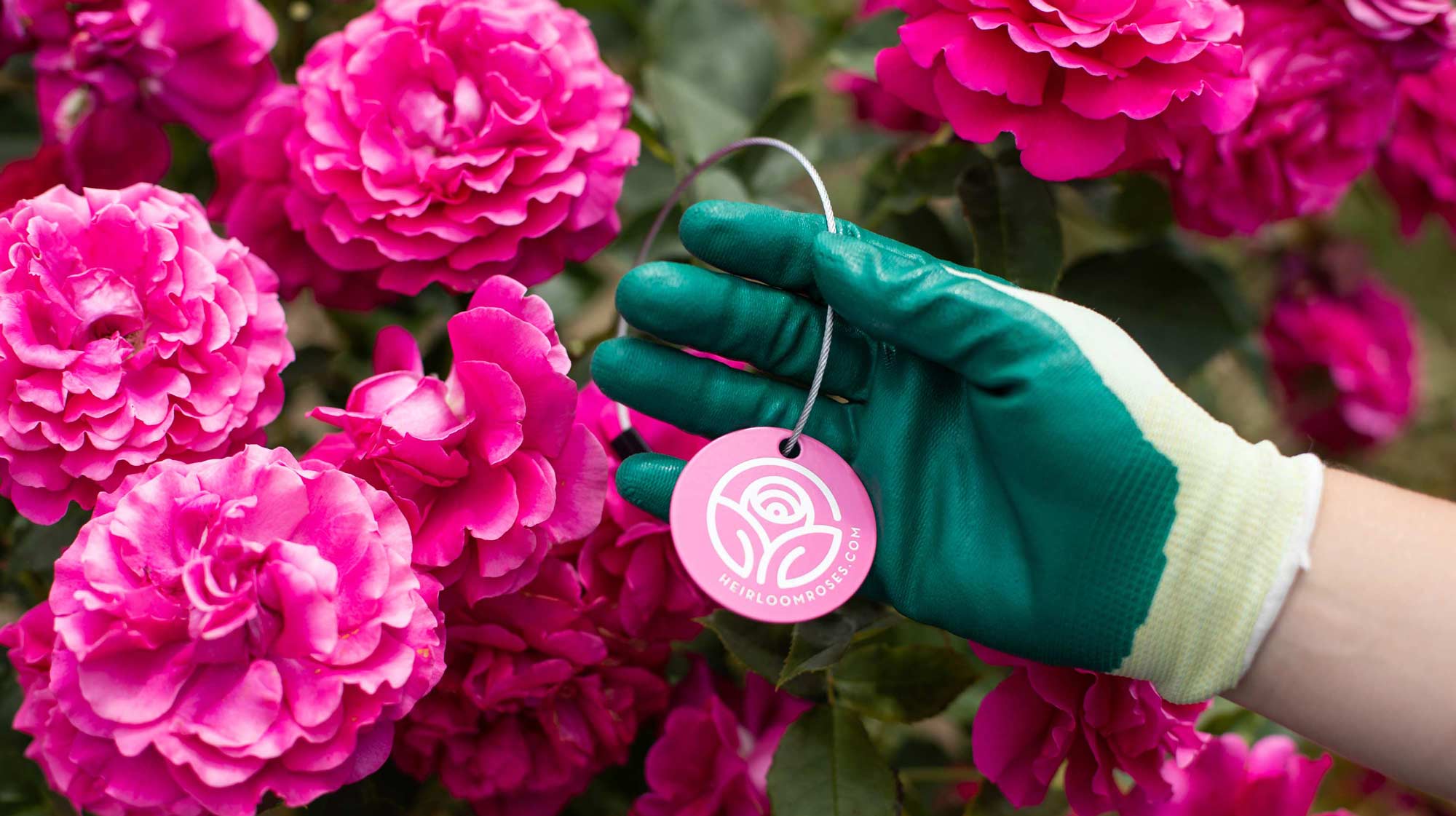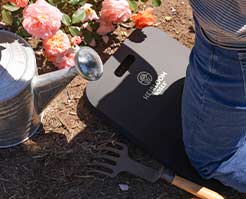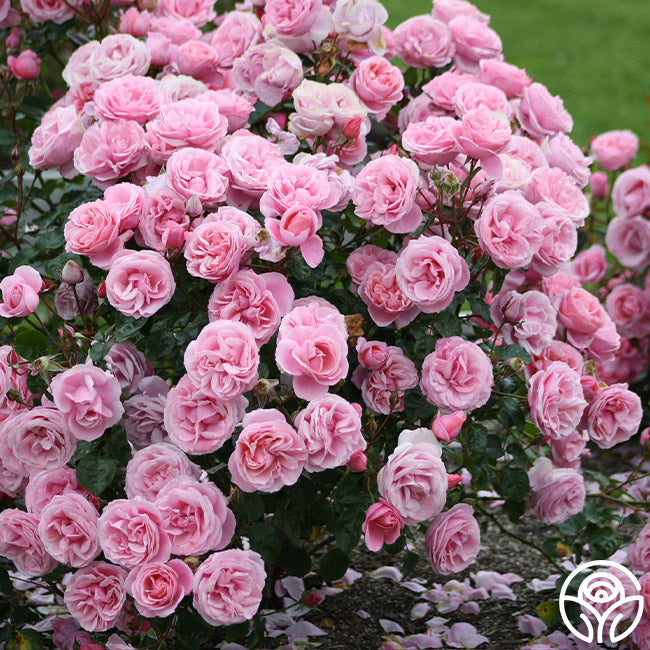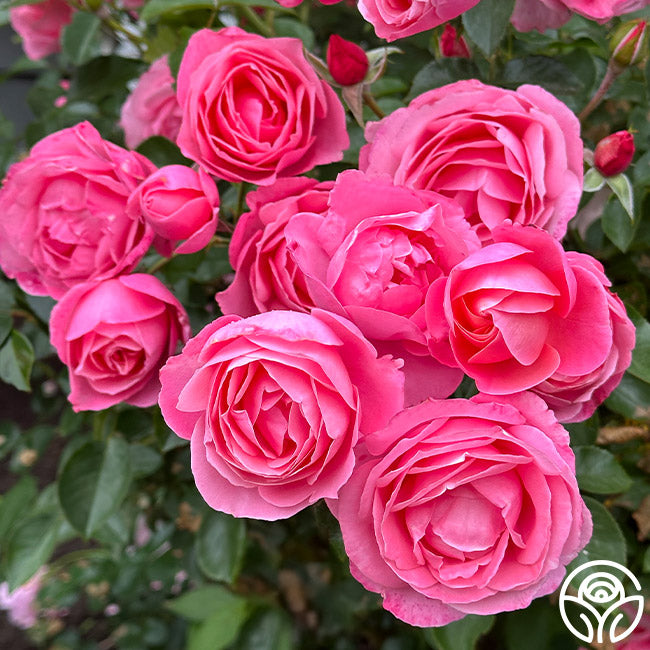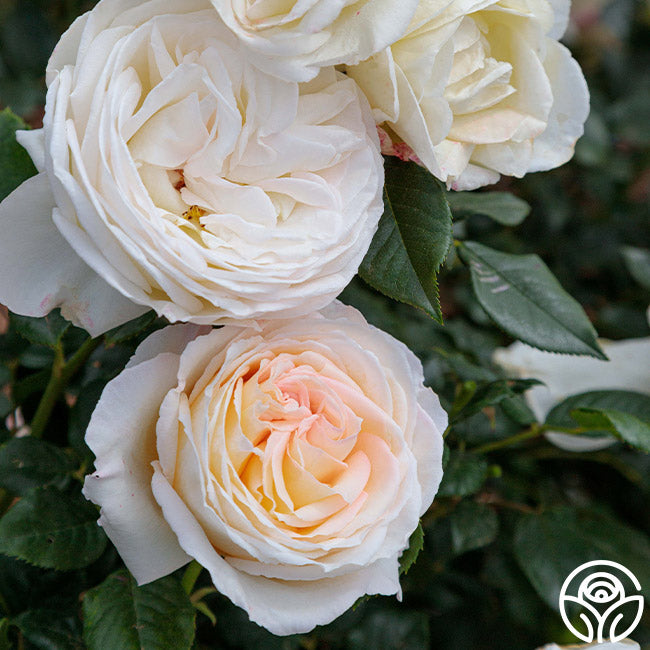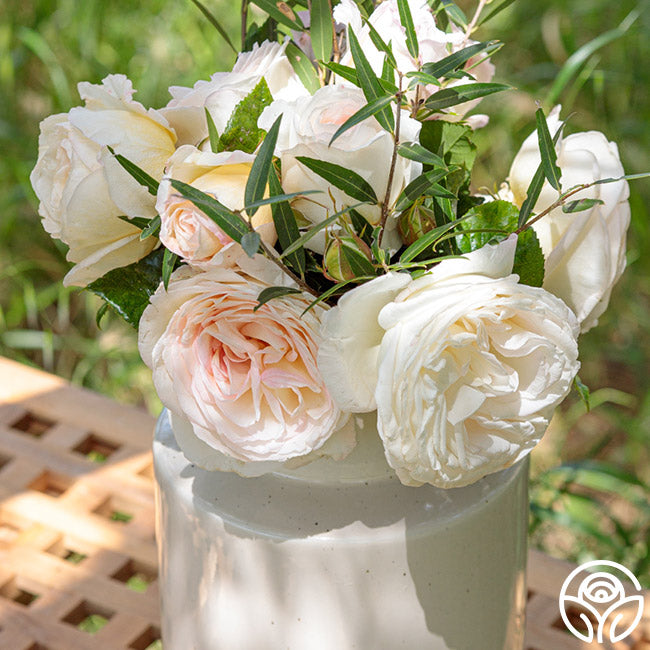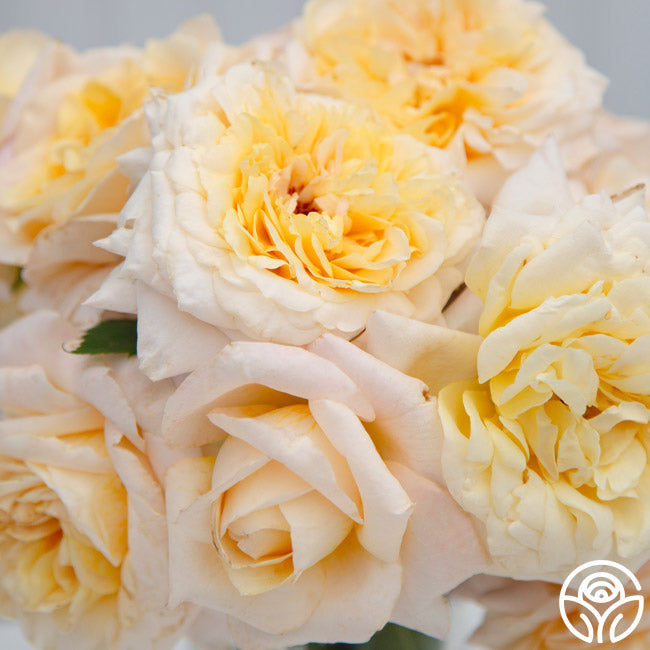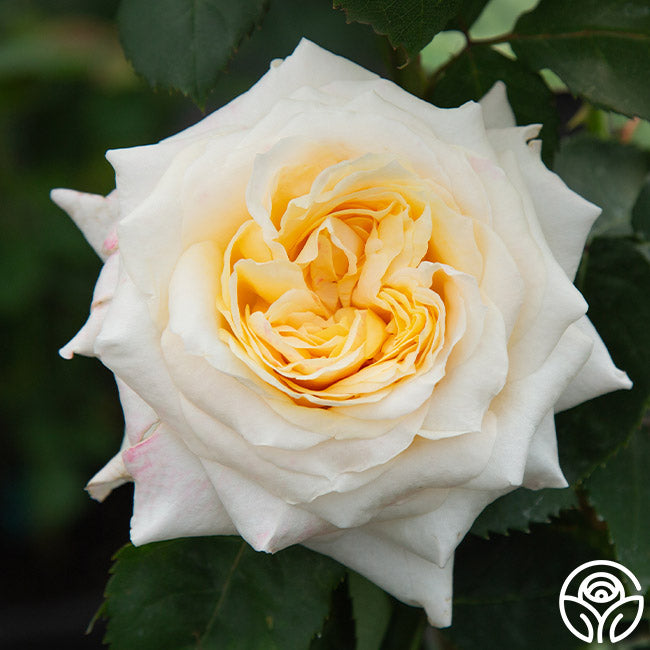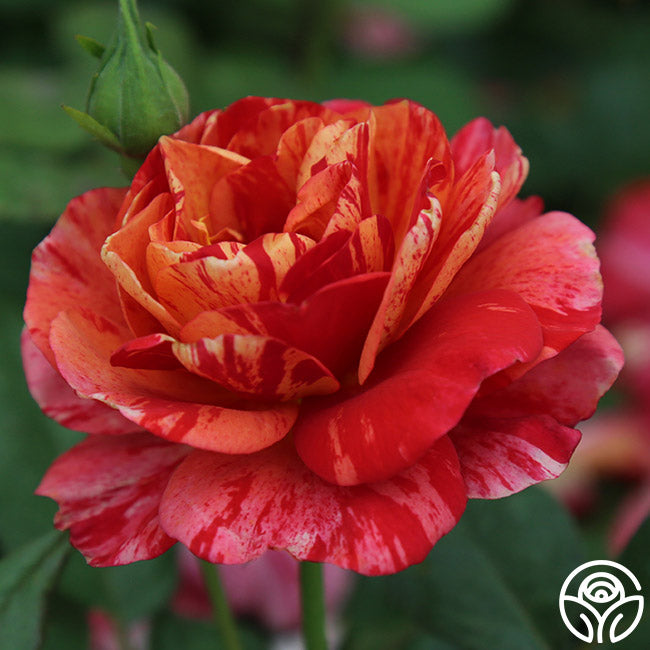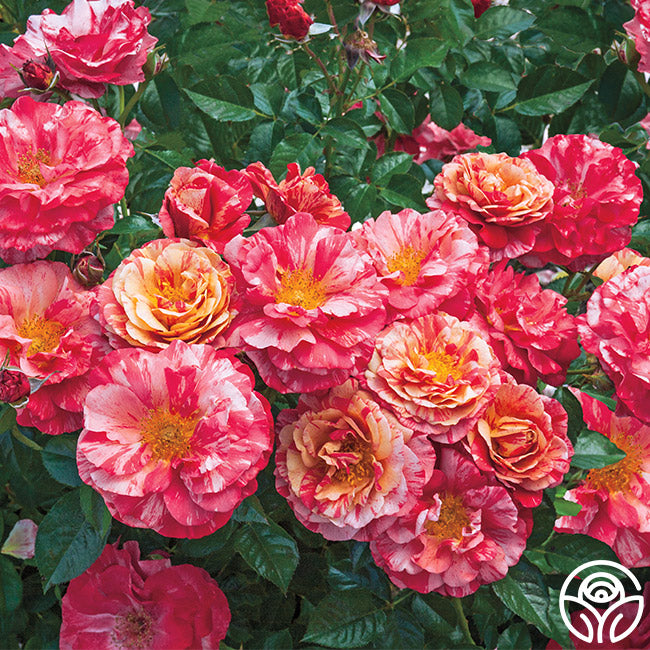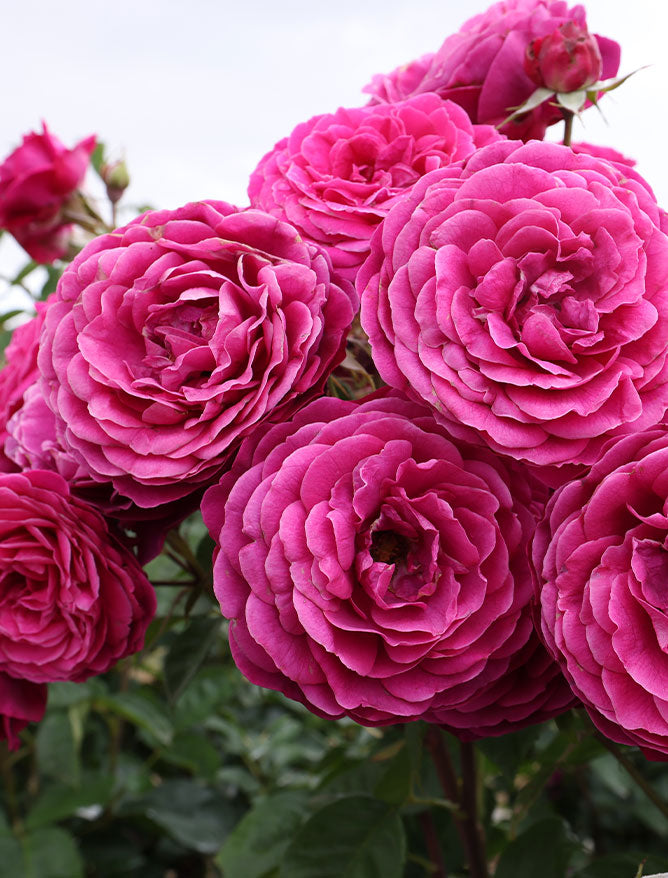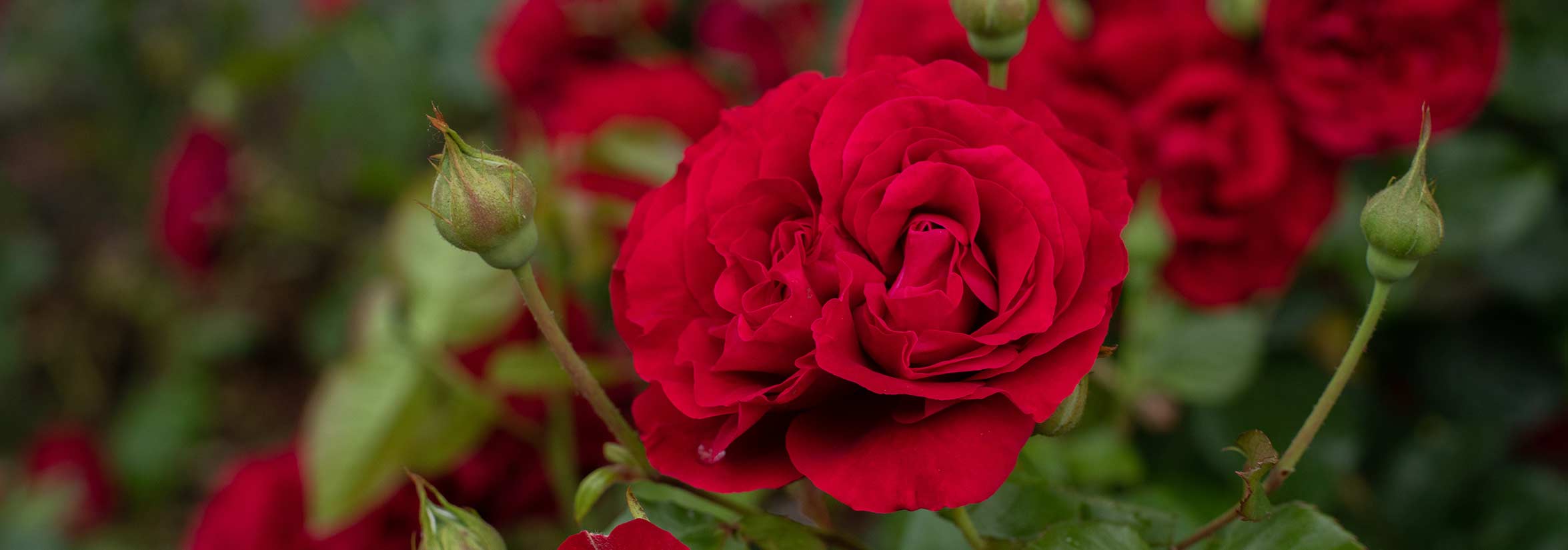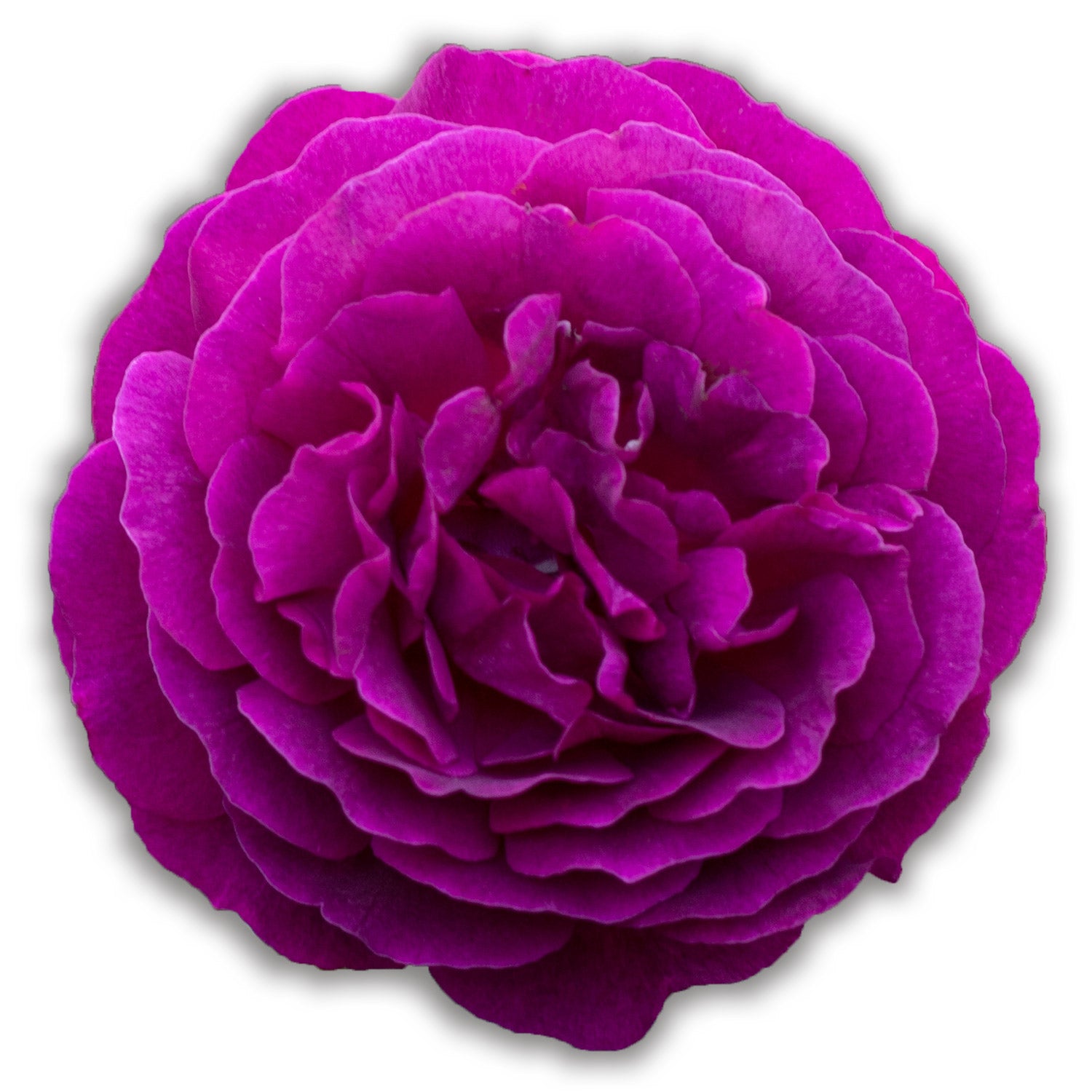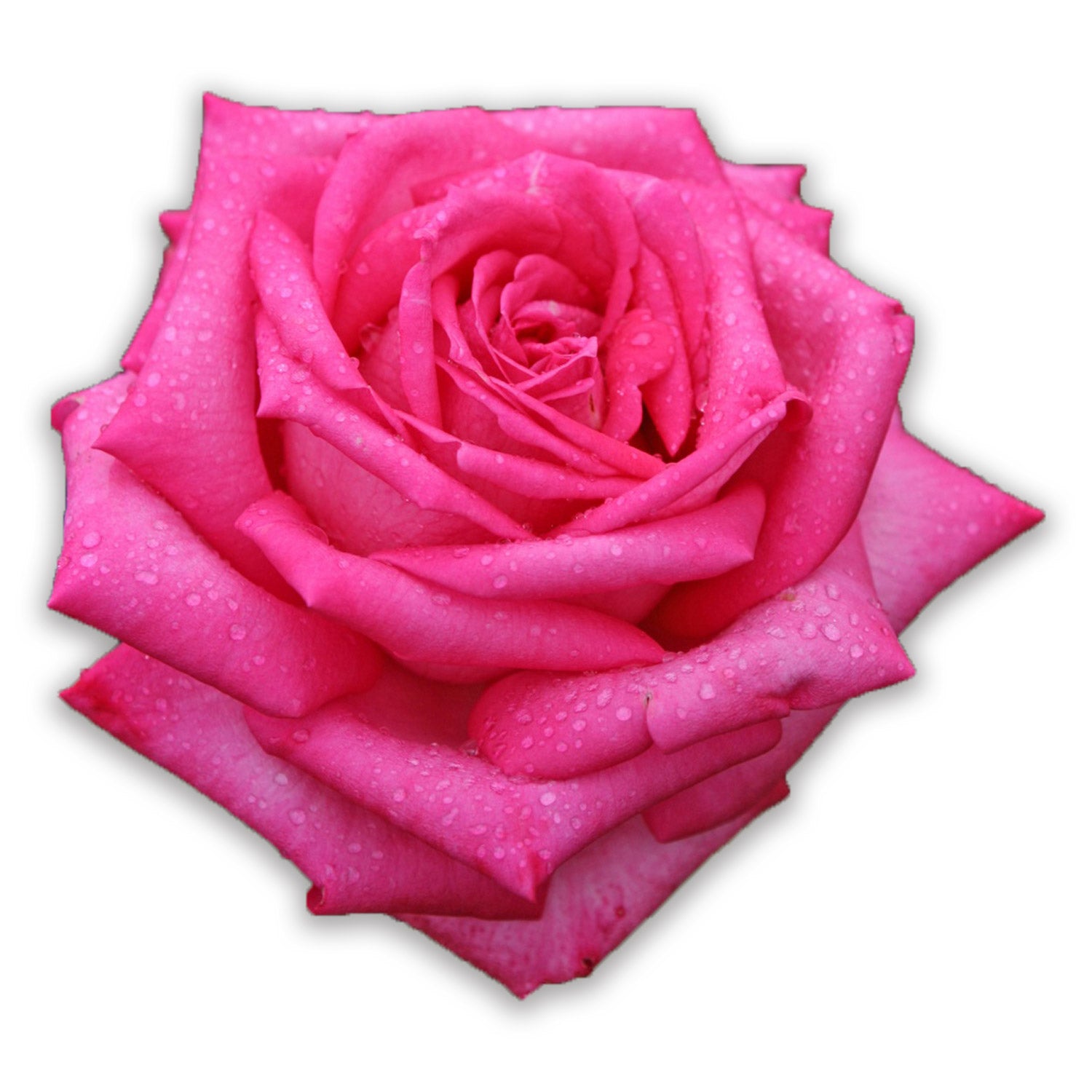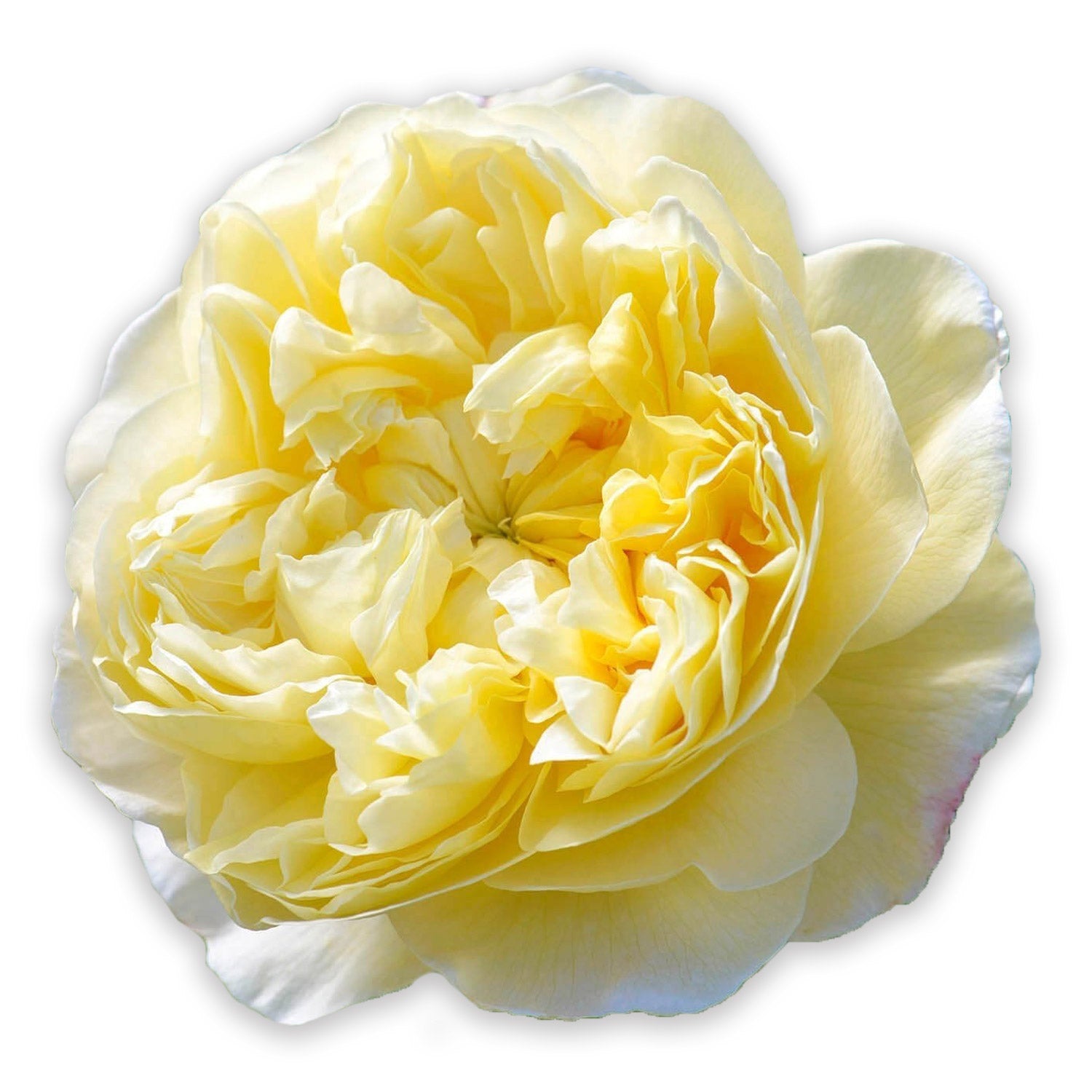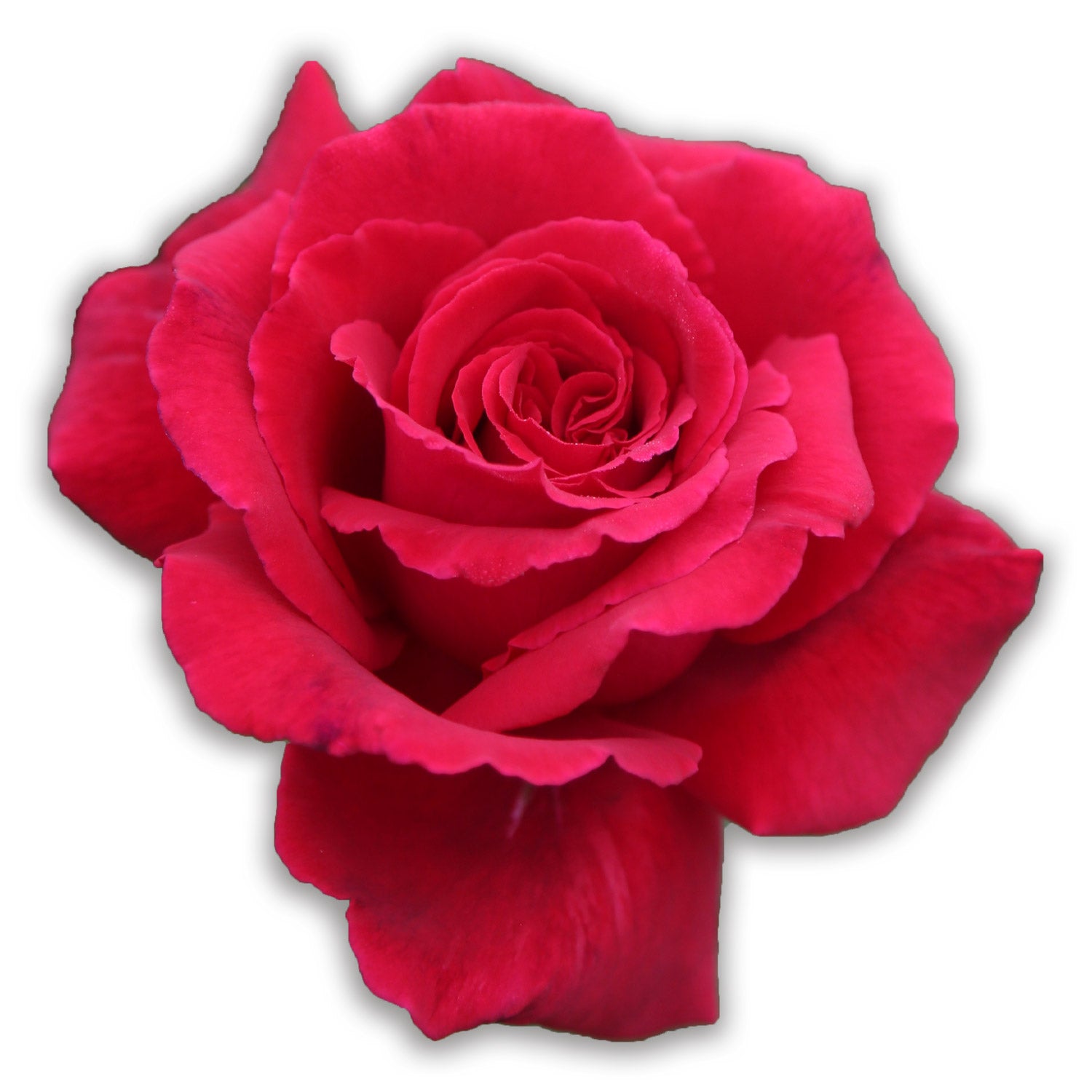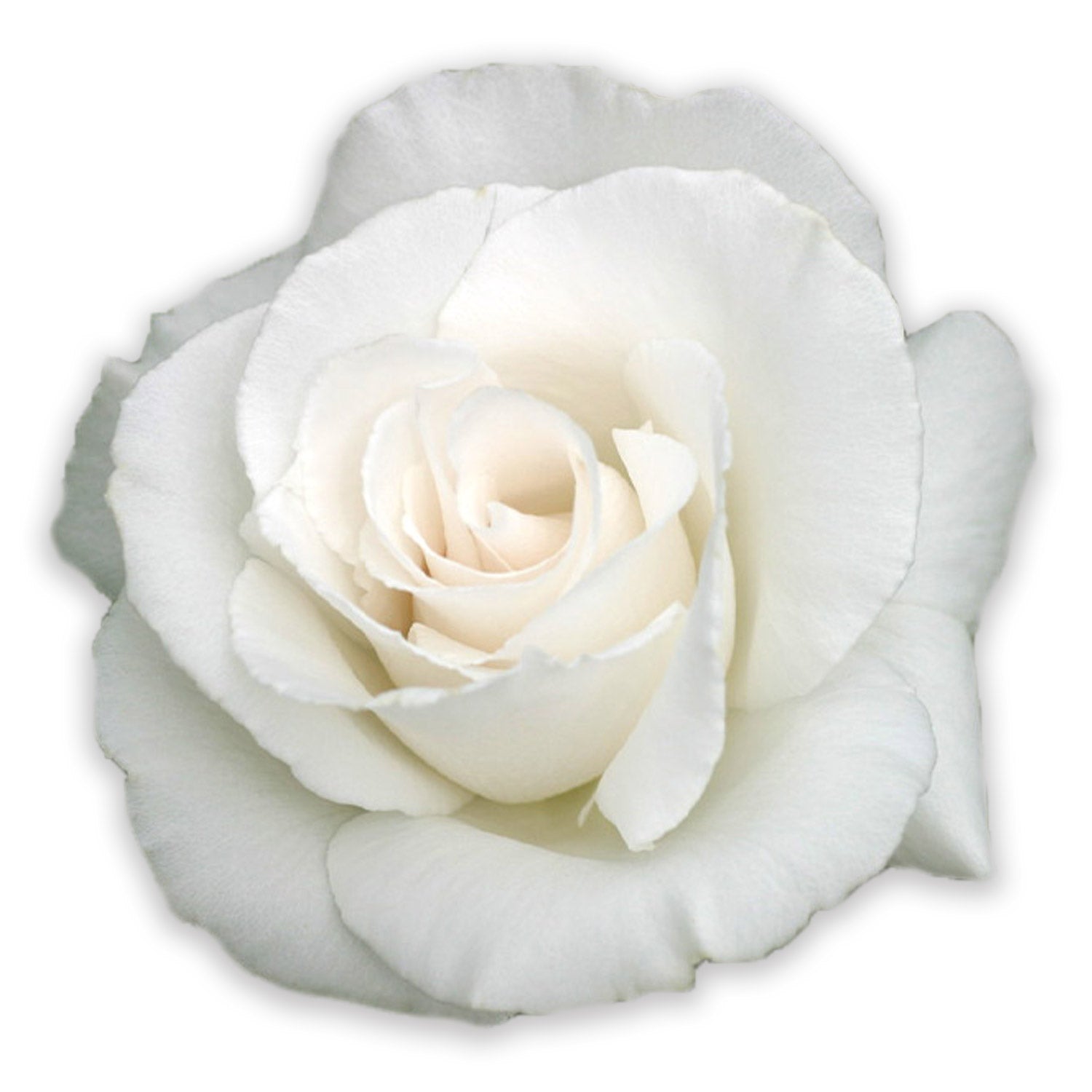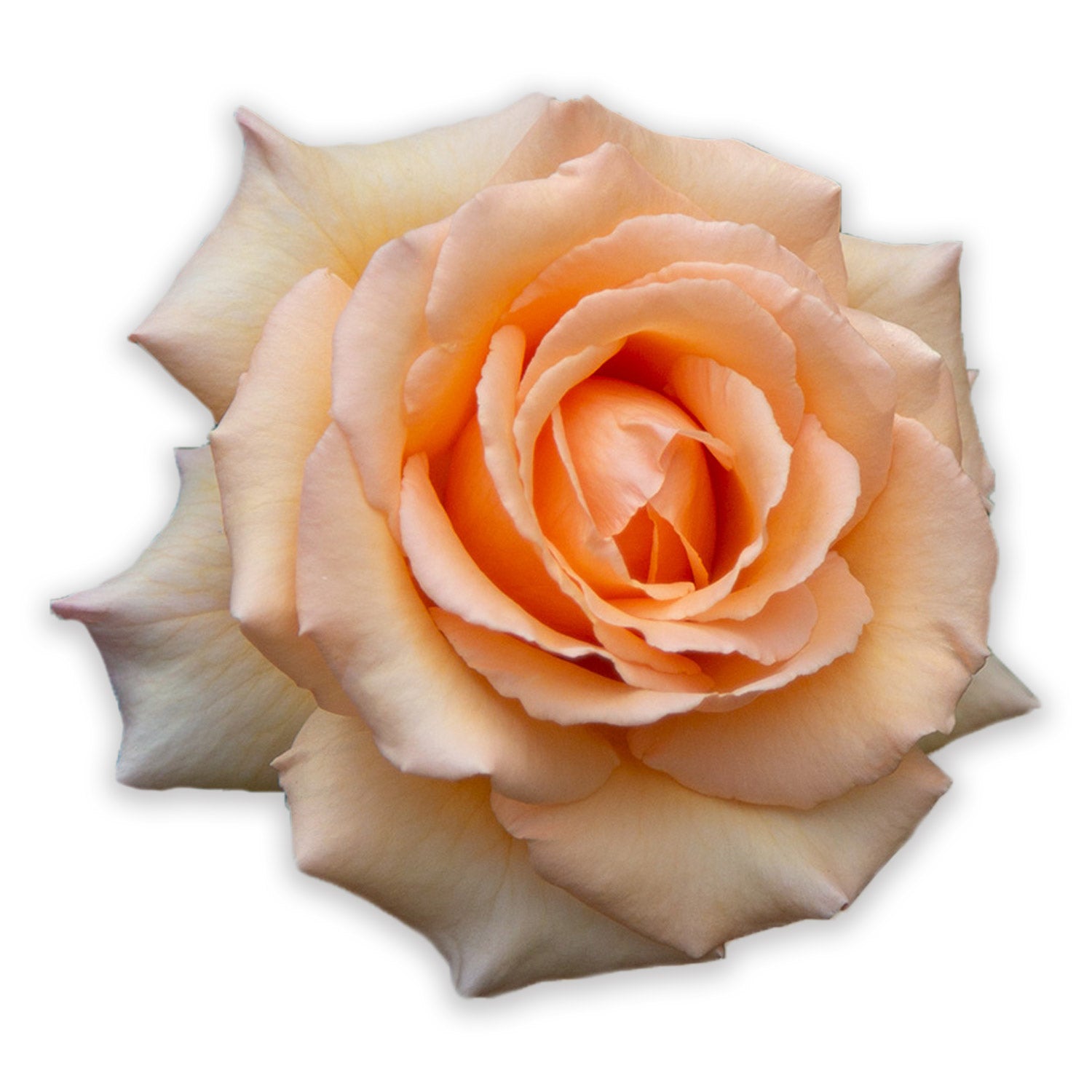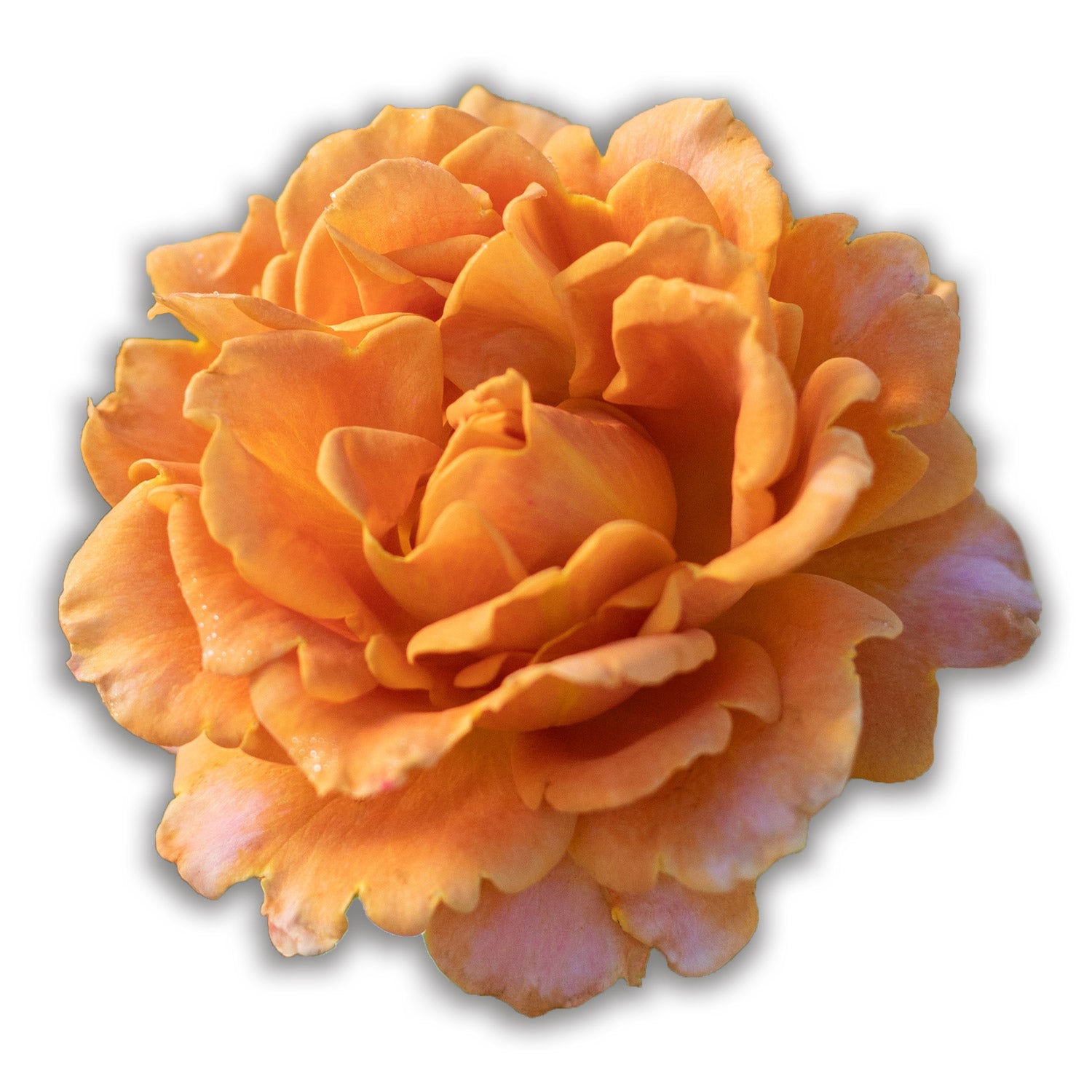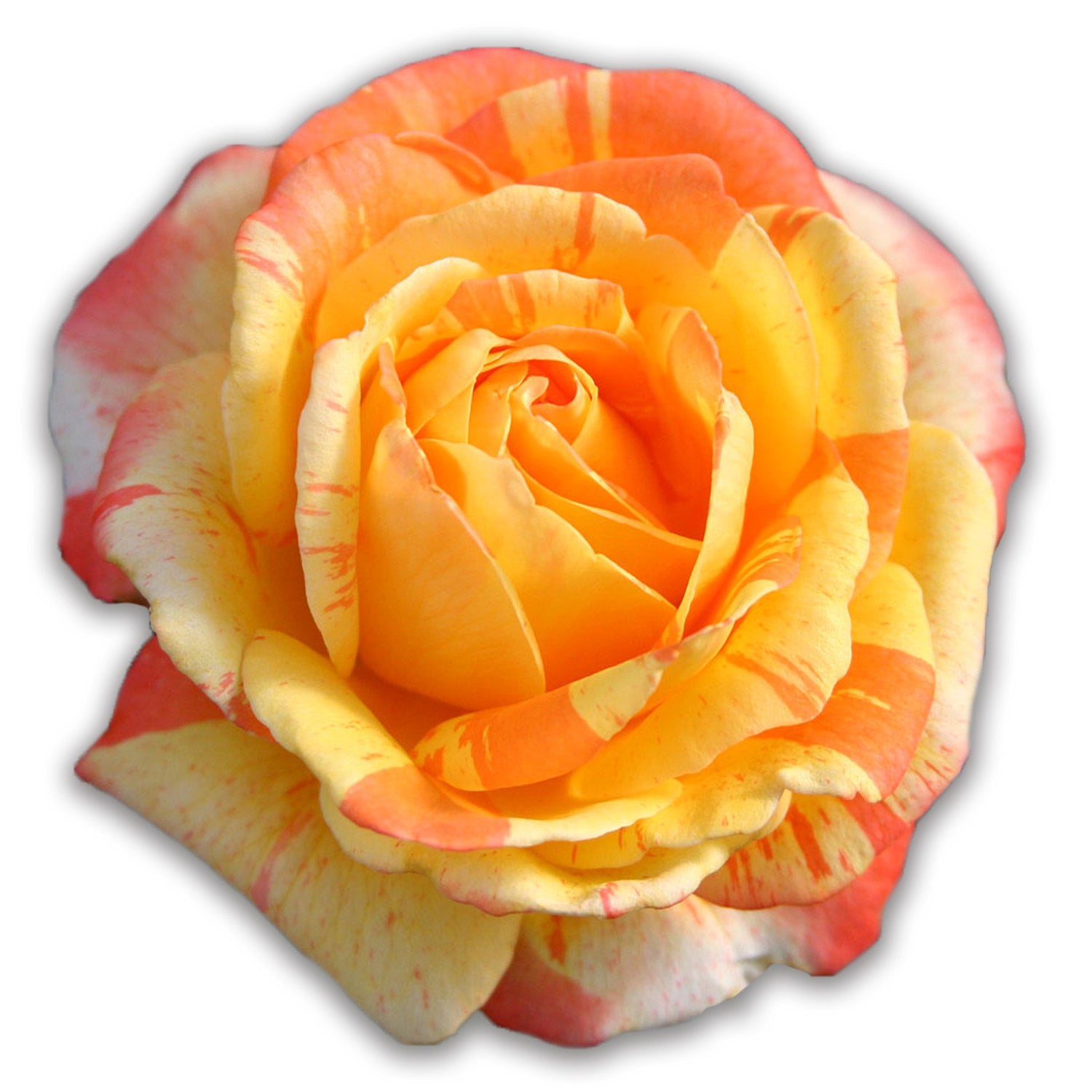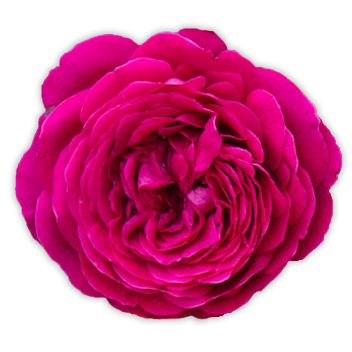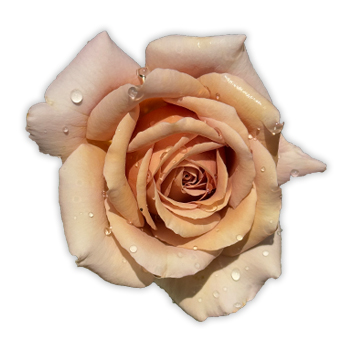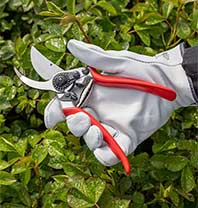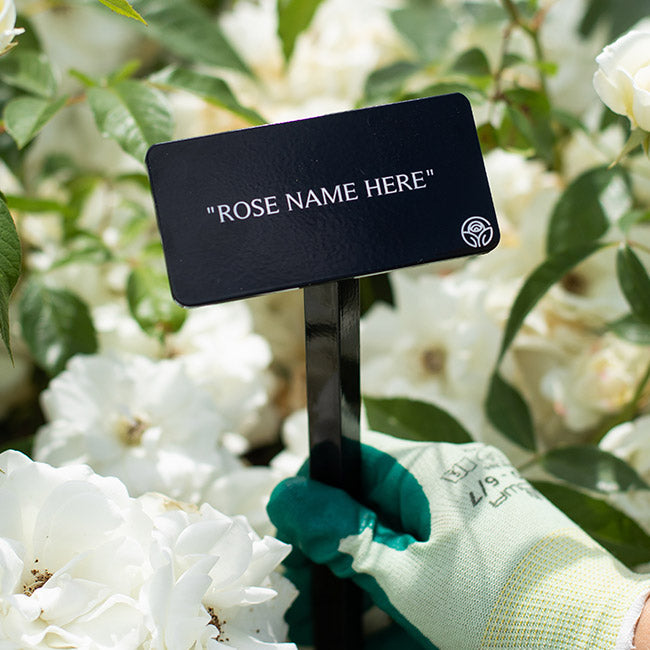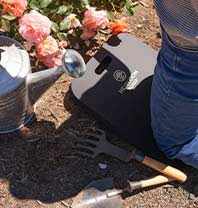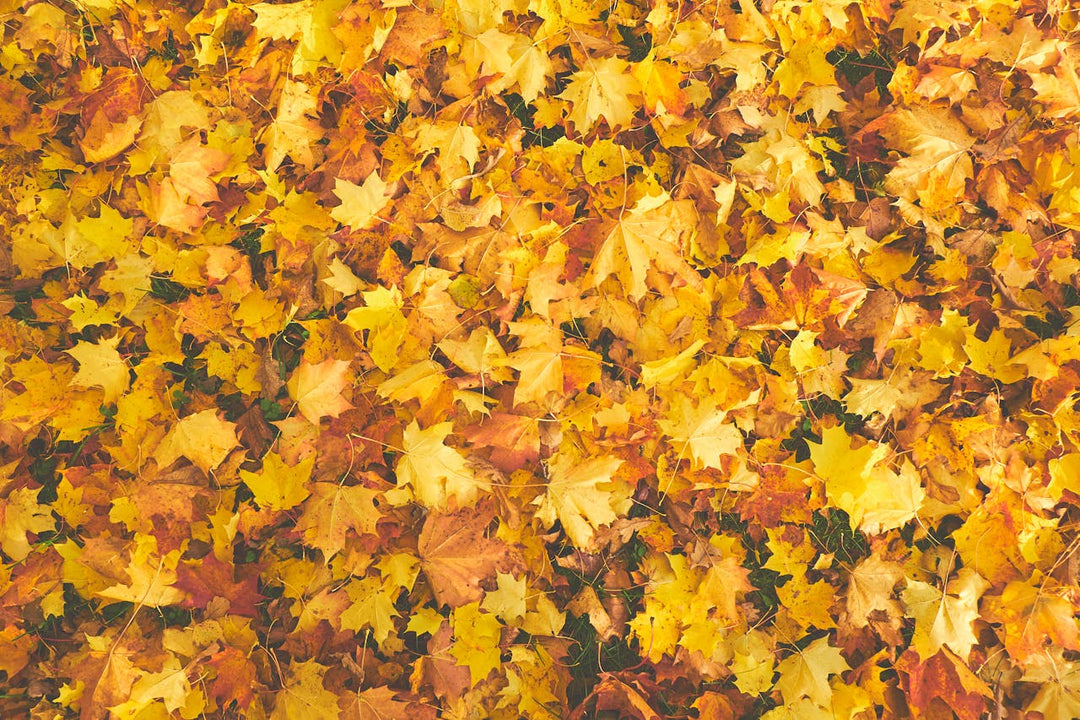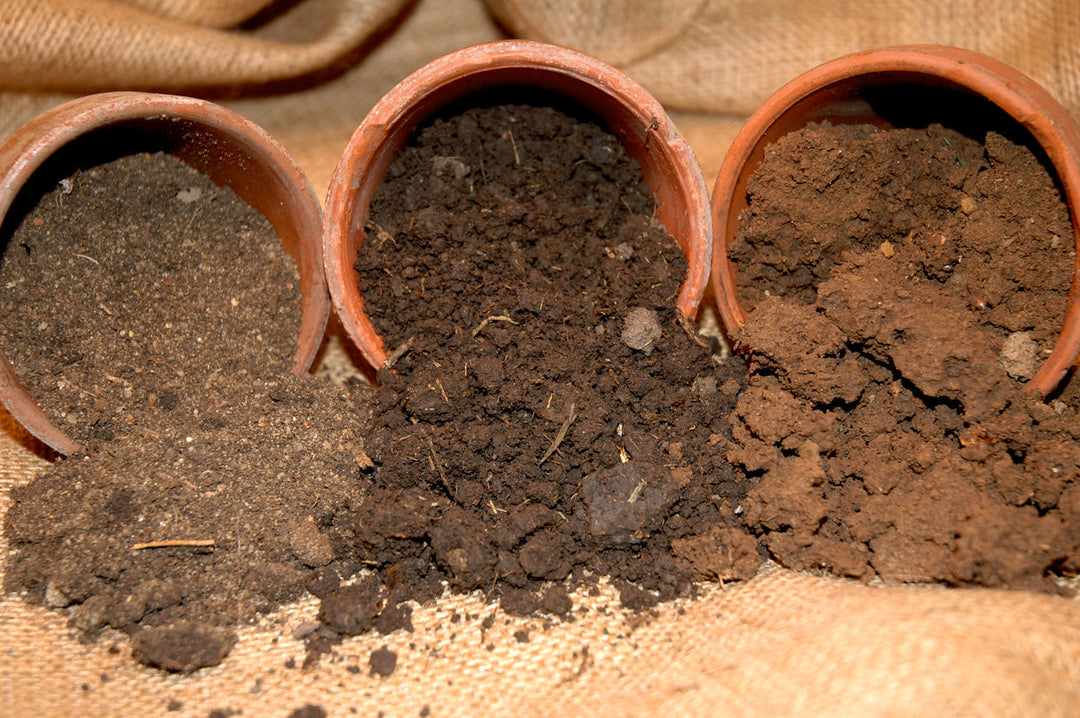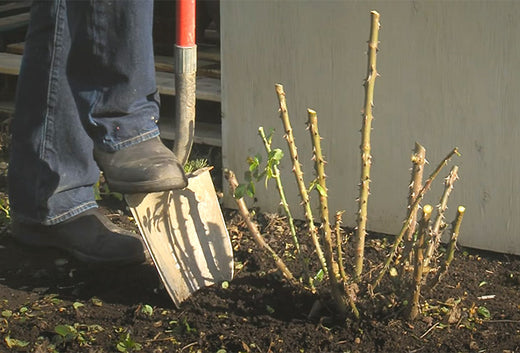How To Deadhead Roses
Deadheading roses is a crucial practice for maintaining the health and beauty of your rose garden. By removing spent blooms, you encourage continuous flowering and prevent potential disease. Here's a comprehensive guide to effective deadheading, along with some top product recommendations to assist you.
What Is Deadheading?
Deadheading involves the removal of faded or spent flowers from your rose bushes. This process redirects the plant's energy from seed production to new growth, resulting in more blooms and a tidier appearance.
Why Deadhead Your Roses?
-
Promotes Repeated Blooming: Regular removal of spent flowers stimulates the rose bush to produce new blooms throughout the growing season.
-
Prevents Disease: Eliminating dead flowers reduces the risk of fungal infections and pest infestations.
-
Enhances Aesthetic Appeal: Maintaining a neat appearance by removing withered blooms keeps your garden looking vibrant and well-kept.
When and How to Deadhead
Deadheading is best performed during the active growing season, from spring through fall. Follow these steps:
-
Identify Spent Blooms: Look for flowers that are wilting, browning, or have dropped petals.
-
Use the Right Tools: Employ sharp, clean pruners to make precise cuts. The ERGO™ PX Pruner by Bahco is an excellent choice, designed for maximum comfort and efficiency.
-
Make the Cut: Trim the stem just above the first set of five healthy leaves, ensuring the cut is angled to allow water runoff.
-
Clean Up Debris: Remove all cuttings and fallen petals from the ground to prevent disease spread.
Recommended Products for Deadheading
ERGO™ PX Pruner by Bahco: This pruner offers ergonomic design and sharp blades, making deadheading effortless.
Bahco Superlight Orchard Lopper 24": Ideal for mature or climbing roses, this lopper provides extended reach and clean cuts.
Additional Tips
- Regular Maintenance: Incorporate deadheading into your routine garden care to ensure continuous blooms.
-
Tool Care: Keep your pruners clean and sharp. Disinfect tools after each use to prevent disease transmission.
- Know Your Rose Variety: Some roses, like certain climbing varieties, may require specific pruning techniques. Research your rose types to apply the best practices.
By following these guidelines and utilizing the recommended tools, you can keep your roses healthy, vibrant, and blooming beautifully throughout the season.


